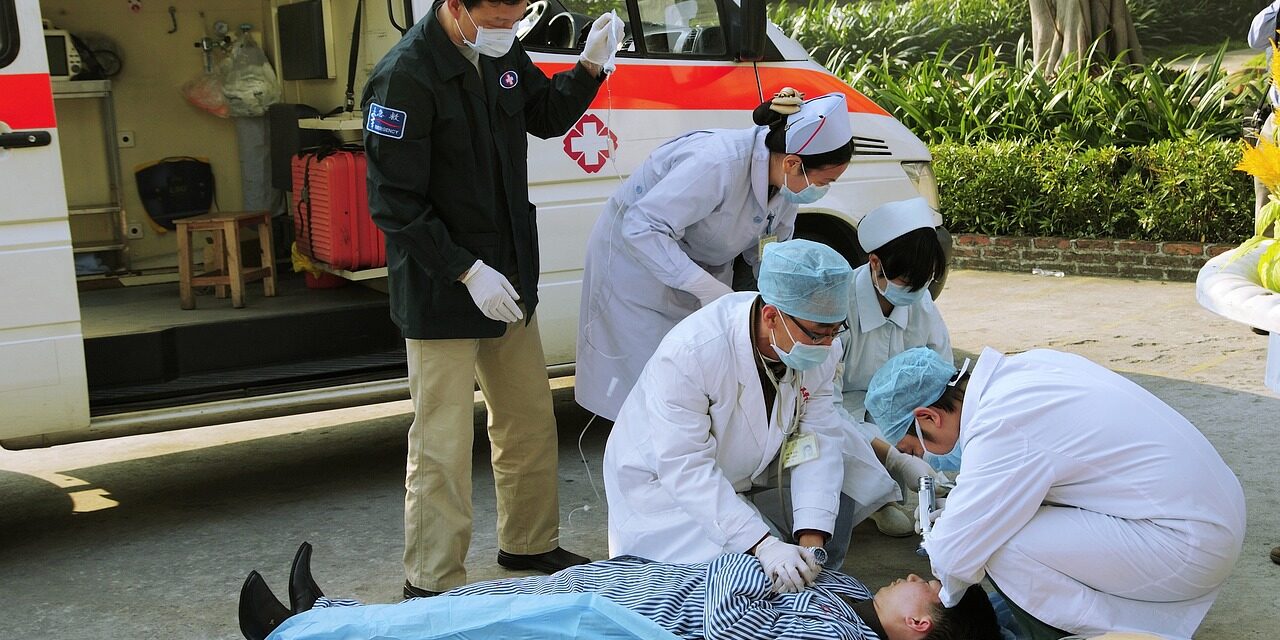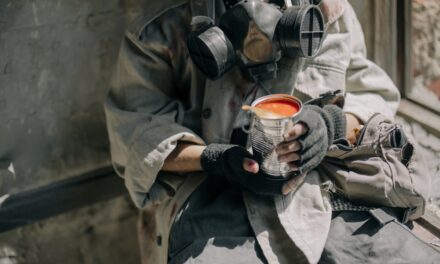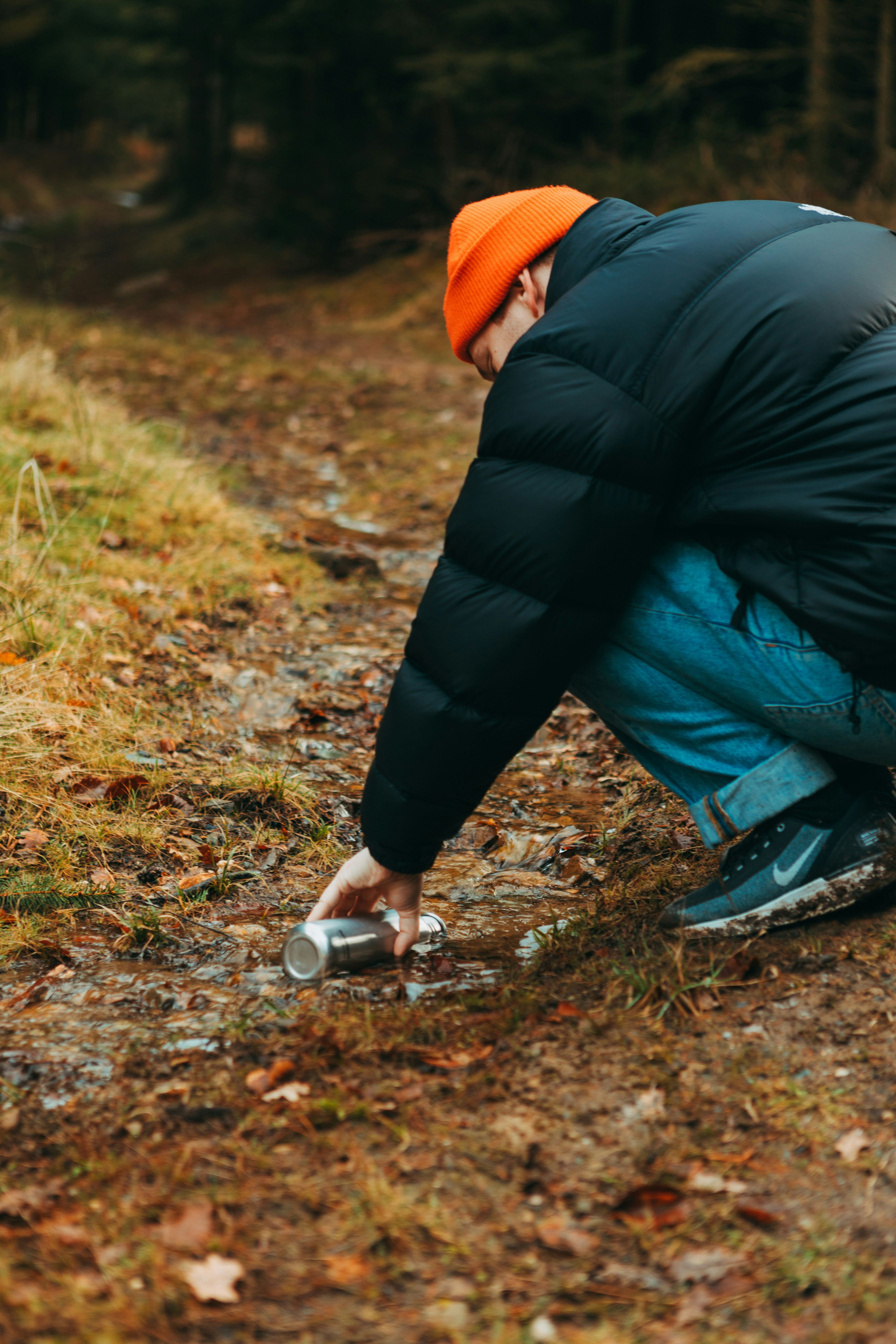Introduction to Emergency First Aid Skills
When emergencies strike, the difference between life and death can often hinge on the immediate actions taken by those present. In such critical moments, possessing essential emergency first aid skills can prove invaluable. This article delves into the vital first aid skills that everyone, regardless of their profession or lifestyle, should know. Our focus will not just be on the technical aspects of these skills but also on understanding the importance of quick thinking and calmness during emergencies.
Emergency first aid is the initial assistance given to a victim of injury or illness. Comprised of relatively simple techniques that can be performed with limited equipment, these first responses can significantly influence the outcome of an emergency situation. The importance of first aid is far-reaching, extending from the home to the workplace, and into the broader community. In this comprehensive guide, we will explore various critical first aid skills, including assessing a situation, performing CPR, managing wounds, and dealing with specific medical emergencies.
It’s important to note that while first aid can be life-saving, it is not a substitute for professional medical care. However, it provides an essential bridge during the critical moments before medical professionals arrive. Our aim is to provide you with a fundamental understanding of these skills to enhance your preparedness for a range of emergency situations.
Emergency situations can arise at any time and any place. Being equipped with basic first aid knowledge is crucial, especially in scenarios where professional help may be minutes to hours away. In this section, we’ll explore why these skills are important for everyone and how they can be effectively applied in real-life situations.
Whether you’re at home, at work, or enjoying outdoor activities, understanding and applying these first aid techniques can make a significant difference in emergency situations. By the end of this section, you will have a better grasp of the importance of first aid skills and why they are essential for everyone.
Join us as we embark on this lifesaving journey, empowering you with the knowledge and confidence to act decisively and effectively in emergencies.
In-Depth Explanations of Key First Aid Skills
Emergency first aid encompasses a range of skills that can be critical in a variety of scenarios. In this section, we delve deeper into these essential skills, providing practical insights and expert advice on how to perform them effectively.
1. Assessing the Situation
The first step in any emergency is to assess the situation. This involves ensuring your safety, the safety of bystanders, and then the victim’s condition. Check for hazards like fire, toxic gas, or live electrical wires before approaching. Understanding the scene’s safety helps prevent further harm to yourself and others.
2. Cardiopulmonary Resuscitation (CPR)
CPR is a lifesaving technique useful in many emergencies, including heart attacks or near drownings, where someone’s breathing or heartbeat has stopped. The American Heart Association recommends the ‘CAB’ sequence – Compressions, Airway, and Breathing. Start with 30 chest compressions followed by two rescue breaths. Proper technique is crucial; compressions should be hard and fast, at a depth of about 2 inches for adults, and a rate of 100 to 120 compressions per minute.
3. Managing Wounds and Bleeding
For minor wounds, clean the area with water and apply a sterile bandage. In cases of severe bleeding, apply direct pressure with a clean cloth and keep the wound elevated above the heart if possible. If bleeding does not stop, continue applying pressure and seek medical help immediately.
4. Dealing with Burns
For minor burns, run cool water over the area and cover it with a clean, dry cloth. For more severe burns, do not apply ice or water but cover loosely with a sterile, non-fluffy bandage or cloth. Avoid breaking blisters and seek immediate medical attention.
5. Choking Aid
If a person is choking, ask them if they can speak or breathe. If they cannot, perform the Heimlich maneuver immediately. Stand behind the person, wrap your arms around their waist, and give quick, upward abdominal thrusts.
6. Dealing with Heat Stroke and Hypothermia
In cases of heat stroke, move the person to a cooler place, apply cool cloths or a cool bath, and provide hydration. For hypothermia, remove any wet clothing, warm the center of their body first, and provide warm beverages if the person is conscious.
7. Recognizing and Reacting to Allergic Reactions
For severe allergic reactions, like anaphylaxis, immediate action is crucial. If the person has an epinephrine auto-injector (EpiPen), administer it immediately and call for emergency medical help.
These skills form the backbone of emergency first aid and can be the difference between life and death. Remember, the key is to act quickly but calmly, ensuring you do not put yourself at risk while trying to assist others.
It’s also essential to keep your first aid knowledge up to date. Regularly attending refresher courses and keeping abreast of the latest guidelines from reputable organizations like the Red Cross or American Heart Association is advisable.
In the next section, we will summarize these skills and provide key takeaways to reinforce your understanding of emergency first aid.
Summary and Key Takeaways
Emergency first aid is a critical skill set that everyone should be familiar with. It equips you with the knowledge and ability to respond effectively in a range of urgent health situations. Let’s summarize the key points covered in this article and highlight the main takeaways.
Key Points in Emergency First Aid
- Assessment: Always start by assessing the situation for safety and then check the victim’s condition.
- CPR: In cases of cardiac arrest, perform CPR using the CAB sequence. Remember, 30 chest compressions followed by two rescue breaths.
- Wound Management: For bleeding wounds, apply direct pressure and seek medical help if bleeding doesn’t stop. For minor wounds, clean and apply a sterile bandage.
- Burns: Treat minor burns with cool water and cover them. For severe burns, cover them loosely with a sterile bandage and seek medical attention.
- Choking: Use the Heimlich maneuver for choking victims who cannot breathe or speak.
- Heat Stroke and Hypothermia: For heat stroke, cool the person down and hydrate. For hypothermia, warm the person’s body gradually and offer warm liquids if conscious.
- Allergic Reactions: In severe allergic reactions, use an EpiPen if available and immediately seek medical assistance.
Main Takeaways
Emergency first aid skills are invaluable in crisis situations and can significantly impact the outcome. Being prepared and knowledgeable can save lives. It’s important to remember that while providing first aid, your safety is also paramount. Always seek professional medical help as soon as possible after providing initial care.
Finally, it’s crucial to stay updated with first aid techniques and guidelines. Regular training and refresher courses can help maintain and improve your first aid skills, making you more effective in emergencies.
Emergencies can occur anytime, anywhere, and to anyone. Being equipped with basic first aid knowledge is not just a skill but a civic responsibility that can make a world of difference when it matters the most.
Remember: In any emergency, your first action should always be to call for professional medical help.








